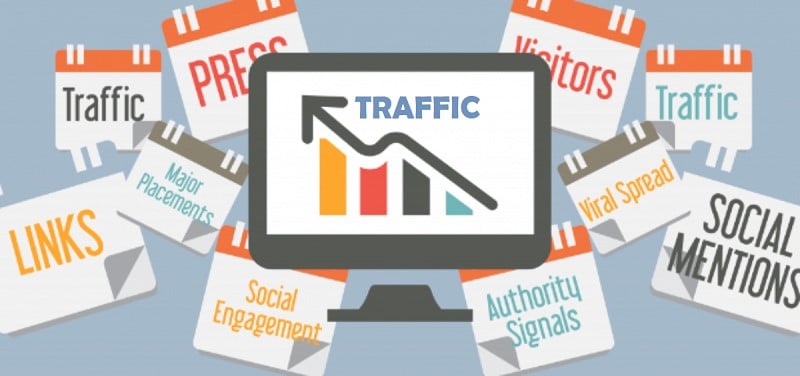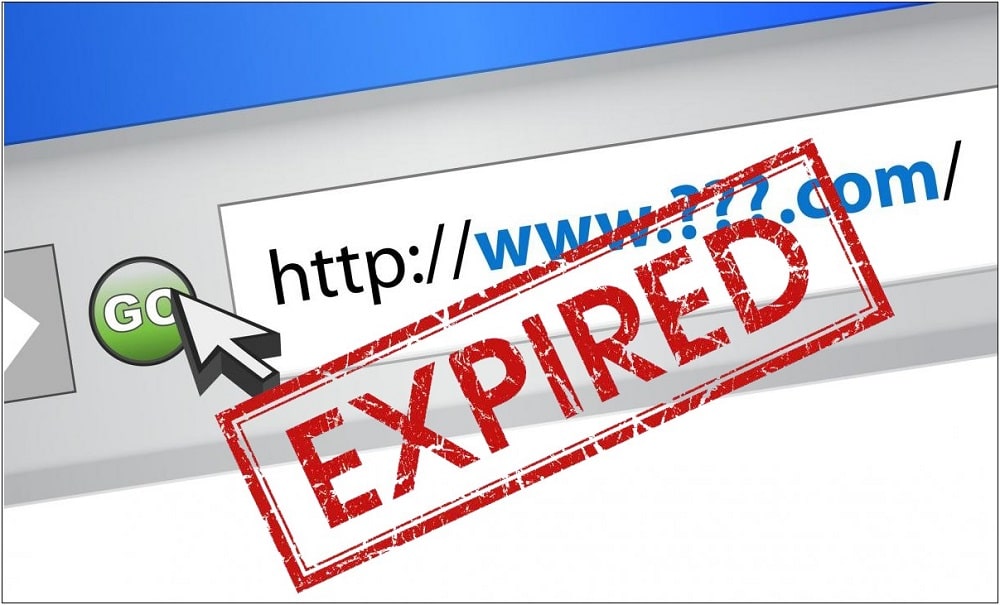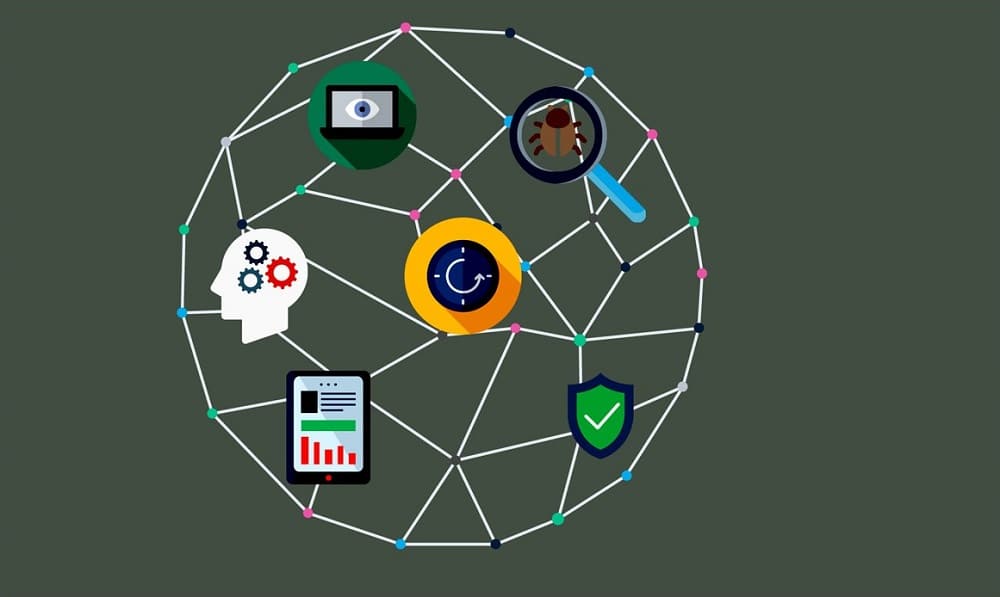What do you know about Invalid Traffic on the web? In the article below, we open your eyes to the world of IVT and how they affect your ad campaign. You’ll also discover how to protect yourself against it.

IVT is an abbreviation in the online advertising industry that means Invalid Traffic. This traffic could be spontaneous, planned, or accidental. What this means is that it can come from your own doing, from programmed bots and third-party tools by competitors, or from unintended internet passersby. Customers trying to know what your business entails can also commit this invalid traffic but not intending to hurt your brand; instead, they do it unintentionally while perusing their way through your site.
The rate at which some of this traffic grows has evolved, and its continuity maliciously can result in damaging a company’s image. Which can even see you through getting banned by search engine giants. Looking at the study by Cheq, in 2022, 42 billion dollars will be lost because of invalid traffic each year.
Also, 27% of website traffic supposed to be legitimately real users encompasses fake and bot traffic. Now you might be speculating if there are ways to check, reduce and control this IVT, you will be glad to know there are, and that is what this article will be getting down on in addition to other important, simple, and beyond basic things, you should know about IVT.
What is IVT?

IVT, according to Google AdSense, includes any click or impression that may artificially inflate an advertiser’s cost or a publisher’s earnings. This invalid traffic can arise from several means covering intentionally fraudulent traffic and accidental clicks. Simply clicking on your ads or using persuasive marketing strategies that affect user emotions can result in multiple clicks triggering this IVT. While some are unconsciously done, most are deliberate by users or competitors with malicious intent, not sincerely into what the content is all about.
You should understand here that the entanglement of advertisers having invalid traffic arises from bot usage, cookie, proxies/VPN, among other non-human traffic. From a study recorded by Business Insider in 2022, just 36% of internet traffic is human. 18% of all ad impressions are not seen by real users but via automated tools. Invalid traffic has been estimated to reach up to 45% total ad spent.
As of 2021, mFilterIt Brand Safety Report outlines the top issues for Ad fraud or Bot Traffic, including 42% being lack of awareness, 23% being brand or company infringement, and 12% is fraudulent. Although it doesn’t stop there, the predictions made as of 2022 were that fraudulent ad activities resulting in IVT would cost advertisers and brands $44 billion. Additionally, according to Statista, worldwide ad fraud will grow to $100 billion in 2023.
Types of IVT

Categorically, Invalid Traffic, or IVT, is classified into two main types. These are; General Invalid Traffic (GIVT) and Sophisticated Invalid Traffic (SIVT).
-
GIVT
The type of IVT that has little to no fraudulent intent is GIVT. Needless to say, it’s general, so what it is intended for is often non-malicious. General Invalid Traffic calls for no mischievous online actors, and you can easily spot its activities and seclude any fraud if you find any. Although not malicious, if not carefully watched, there can be negatives that can cause invalid traffic issues.
But the good thing with this type of IVT is that unwanted traffic can easily be spotted and filtered out. As such, the invalid traffic won’t add up. Frequently refreshing a page to increase the impression rate can also cause this type of IVT. GIVT is not considered fraudulent because they come from search engine crawlers. Hence, it does not mimic human behavioral attributes to earn revenue, but its activities involve non-humans like crawlers, bots, and IP addresses from the data center.
The difference here is it does not hurt brands, and it can be detected quickly and blacklisted. However, by statistical reviews, 43% of invalid traffic arises from GIVT, with mobile IVT recording 32%, Desktop 26%, and Tablet 16%. Mobile, which happens to be the highest percentage when comparison requires it with other devices.
-
SIVT
SIVT is a more advanced type of IVT. It involves malicious, fraudulent activities from internet actors, thereby causing real damage to advertisers. Human does sophisticated Invalid Traffic. The successful clicks that affect the site hence triggering IVT is fostered by human effort. For instance, a bot cannot operate and programs itself, like proxies and VPNs, and more. Proxies or VPNs can be used in this context to mask the presence of fraudsters.
The hurt of this kind of IVT is often not repairable because you can't spot and detect it easily in comparison to GIVT. But if you must try, you have to contact the provider of your ad, integrate, and verify the ad. 57% of most invalid traffic arises here.
What will interest you further is that SIVT comes with its types, each having different strategies or ways of affecting your website to aid IVT. Ads can be hidden, refreshing websites, cookie stuffing, hijacking devices, and programming bots to mimic human traffic. All these are few among other SIVT.
GIVT vs SIVT
Invalid Traffic (IVT) is divided into two main categories: General Invalid Traffic (GIVT) and Sophisticated Invalid Traffic (SIVT). Here is a comparison table between General Invalid Traffic (GIVT) and Sophisticated Invalid Traffic (SIVT):
| Feature | General Invalid Traffic (GIVT) | Sophisticated Invalid Traffic (SIVT) |
|---|---|---|
| Nature | Non-malicious | Malicious |
| Source | Non-human (search engine crawlers, bots, data center IP addresses) | Human (proxies, VPNs, hidden ads, refreshing websites, cookie stuffing, hijacking devices, programmed bots) |
| Detection | Easily detectable and filterable | More difficult to detect |
| Damage | Minimal | Significant |
| Percentage of Invalid Traffic | 43% | 57% |
GIVT is non-malicious and often caused by non-human activities such as search engine crawlers, bots, and IP addresses from data centers. This type of IVT can be easily detected and filtered out, but it still makes up 43% of invalid traffic.
SIVT, on the other hand, is malicious and performed by human actors using techniques such as proxies, VPNs, hidden ads, refreshing websites, cookie stuffing, hijacking devices, and programming bots. This type of IVT is more difficult to detect and can cause real harm to advertisers, accounting for 57% of invalid traffic.
What Causes IVT
What causes IVT is on several levels, and as mere as refreshing a webpage can lead to this Invalid Traffic. Even though both types of IVT are to be on the lookout for, the SIVT is more resounding because of its malicious intent. This section will address what causes this Invalid Traffic.
-
Buying of Traffic

Purchasing traffic is gradually becoming how most websites grow the visit and clicks their site receives, and this is one problem that causes IVT. The question is, what good can this do for you? Buying traffic will honestly not give you the legitimacy you need as a site owner or publisher because, frequently, this traffic is SIVT-based. Thus the intent is usually malicious — as the impressions are from click farms, otherwise known as hired workers.
The downside is that once the paying traffic elapses, your impression and site clicks will return to where they were previously. So it’s not advisable to go this lane. The purpose of an ad is to convert and generate leads.
Therefore, learn to create or invest in good and impressive SEO content, know your audience, and spoon-feed them with ads that suit their search need. Your clicks will pull in naturally, increasing the number of organic traffic and not IVT. There are more than 3.5 billion global daily searches and 1.2 trillion yearly; hence your site stands a chance if you carry out your homework accordingly.
-
Bots Traffic
Bot traffic has been on the rise; thus, it is the second we are addressing here. According to Statista, fraudulent bot traffic is by the level of sophistication. In 2021, the percentage was 34.4%, having 25.9% of these bad bot functioning on a level of sophistication whereby the bots completely mimic human behavioral attributes without any detection.
Although there is other bot-like traffic that is GIVT, i.e., they are harmless and good for your website. Bot activities like search engine crawlers, monitoring bots to detect malicious IVT, and search engine optimization bots will grow your site visibility resulting in valid ad clicks and not invalid clicks that will hurt your brand.
-
Expired Domain

Involvement in using expired domains is another viable way IVT causes can awaken. The expired domain purchase is a practice many publishers are arguably embracing. If you understand how to play your card here, you can build legitimate site traffic, but if it's contrary and sailing wrongly, your invalid traffic rate will surely damage your website.
Several benefits come with an expired domain, so as its downside. Some of the good of buying such a domain instead of building a new one from scratch are the authority the site has built over time, the backlinks they have, and more.
However, before you purchase a domain, be sure to know the age of the domain, the backlinks superiority, SEO ranking on search engine giants, entire site's supremacy or strength. Also, the bans from sites and search engines, as well as the traffic that will grow or mar your website.
Note that if there is any negligence, you are in for inferior clicks that will yield fake and invalid site traffic, which can surge quickly and result in Google kicking you out and other sites your ads involve.
How to identify invalid traffic
There are several methods for identifying invalid traffic:
Analyzing website traffic patterns
Invalid traffic often results in an unusual pattern of clicks, such as a high number of clicks from a single IP address or a large number of clicks within a short period of time.
Using anti-fraud tools
Anti-fraud tools, such as Google's Ad Traffic Quality, can detect and prevent invalid traffic. These tools analyze clicks, impressions, and conversions to identify any suspicious activity.
Examining the source of traffic
The source of traffic can be a clue to whether it is valid or invalid. For example, if the traffic is coming from a known click farm, it is likely to be invalid.
Identifying bots
Tools like Google Analytics can identify the presence of bots and crawlers, which can generate invalid traffic.
Comparing conversion rates
High conversion rates can be a red flag for invalid traffic as well. If a website has an abnormally high conversion rate, it may indicate that the traffic is not genuine.
Analyzing click data
Examining the data associated with clicks, such as the type of device and location, can help identify invalid traffic.
Monitoring changes in metrics
Keeping an eye on metrics such as bounce rate, session duration, and conversion rate can help detect changes that may indicate invalid traffic.
Fine-tuning Your Ads
Fine-tuning in this context depicts the use of too many persuasive words to lure users into clicking your Ads, which is often common with sales marketers. As a brand that wants to build your site traffic, hiring a sale copywriter is essential if your company represents digital marketing, but how much you get down on your target audience's emotions matters a lot.
Some people click on an ad not because they have an interest in the product but instead to watch the ads, and this, in turn, can result in IVT. Also, creating a false definition of what your site stands for is a red flag that raises the alarm of invalid traffic. So be the security within your site before expecting others to follow such.
How Can Publishers Spot and Prevent IVT

IVT is a sound issue for both publishers and advertisers. While this grows over time, how to detect and prevent it will be what comes to mind, especially if you’ve experienced it before now.
Fraudulent activities can indeed bring a company down; therefore, how you go about it in adherence to search engine rules tells whether or not your site will stand the test of time. As a result, in this writing section, we have come up with some ways you can spot and tackle this menace. Let's see what they are.
-
Do Not Click on You Own Ad
The rule of thumb here is for you not to click on your ad or request someone to click on it. Click from the publisher is strictly not a celebrating culture by the search engine. Concerning the rules of Google AdSense, whoever involves in such activities will be suspended.
This rule is neither built yesterday nor today by you and me, so adherence is critical. Knowing that the primary purpose of creating ads is for lead generation and conversion, every real and valid click takes out money from Google.
So there is no way you can manipulate the search engine giant without being cut because IP address is the determinant of your identity. Mind you, a proxy or VPN won’t save you either, as your account will be deactivation or blockage is what's in line.
-
Know the Legitimacy of Your Traffic

Knowing where your site's traffic comes from is key that counts in terms of the organic growth of your webpage. Most times, it isn't easy to understand and get this right. The struggle with this is what brings in the introduction of tools like Google Analytics.
You can use this tool to spot the activities that run on your site, like the bounce rate and the number of pages a user scroll through, and filters any IVT you spot. There is more to the tool but what’s important is knowing how it works and how you can use it to prevent fake and invalid traffic.
-
Third-Party Company
Some companies involve in fighting ad fraud, and IVT is not an exception. All you have to do is pay for their service, and they help you detect and protect any unethical clicks. Fraud activities like GIVT are easy to spot, while SIVT is often tricky, but with such a company backing your ads traffic, there is the assurance of you achieving the purpose of your ads campaign.
Though not all companies carrying out this service have the accreditation of legitimacy, a company like Pixalate, IAS, Double Verify, Trust Metrics, and more will ensure that all invalid traffics or fraudulent activities from SIVT are off your way before running or loading your ads. These companies all have a right of service from the Media Rating Council.
-
Invest in Bot Protection

Bot traffic has evolved so fast, and the advancement keeps growing. Bots are very tricky, and the way they can be programmed to answer any call is something to be mindful of. A bot can be set forth to click on every ad display and so bit it.
In 2022, Researchers estimated that 27.7% of online traffic is bad bots. This automated tool can act like humans, mimicking human attributes, and when this happens, they become difficult to spot. Hence preventing them will be even harder.
As such, malicious actors can easily invade a site and carry out their fraudulent acts. With bot protector software, preventing these bad bots will be attainable.
FAQs About Invalid Traffic (IVT)
Q. Why Does IVT Exist?
The existence of IVT is due to the fraudulent and accidental clicking of ads on the search engine to generate ethical traffic for a website. Some online actors deliberately click with zero intent of carrying out required actions. While some of these are accidental and do not form a large part of the Invalid Traffic that exists, a large percentage of the Invalid Traffic are fraudulent ones that have been discovered. While fraudsters and competitors are at it, a good ad publisher is supposed to have systems in place to discover invalid traffic.
Q. What is the average invalid traffic rate?
Invalid traffic rate refers to the percentage of traffic that is deemed invalid, either intentionally fraudulent or accidental. It is a metric used to measure the quality and validity of traffic on a website or advertising platform. The invalid traffic rate can be calculated as the ratio of invalid traffic (clicks or impressions generated by publishers clicking their own ads, repeated clicks from one or more users, etc.) to total traffic.
A high invalid traffic rate may indicate a problem with the advertising system, such as click fraud or other forms of invalid activity. Advertisers and publishers use this metric to monitor the validity of their traffic and take action to address any issues.
The average invalid traffic rate varies depending on the advertising platform and industry. However, industry reports have indicated that the average rate ranges from 5-30%.
Q. Can IVT Hurt Publishers?
Yes, IVT can hurt a publisher, and it can happen in several ways. A publisher ad can be manipulated. Bots usage can make invalid traffic appear like real human engagement, thereby causing the publisher to lose money. IVT can cause a website entanglement with Google AdSense, triggering further suspension.
It will interest you that even a publisher can unconsciously, by mistake, click on its ad or refresh his webpage multiple times to boost website impressions. There are specific rules and guidelines set aside to adhere to, so when Google sees any otherwise display, it becomes malicious.
Conclusion
IVT is not pleasant for the growth of a website. As a brand, you can tell how frustrating fraudulent activities resulting from it can be unlikely. So be sure to understand and know how to go about this to ensure the safety of your site, which will enable you to gain real traffic.
In the article, we have put forward ways to prevent this invalid traffic and what causes it, among other relevant things that can be pressing.






